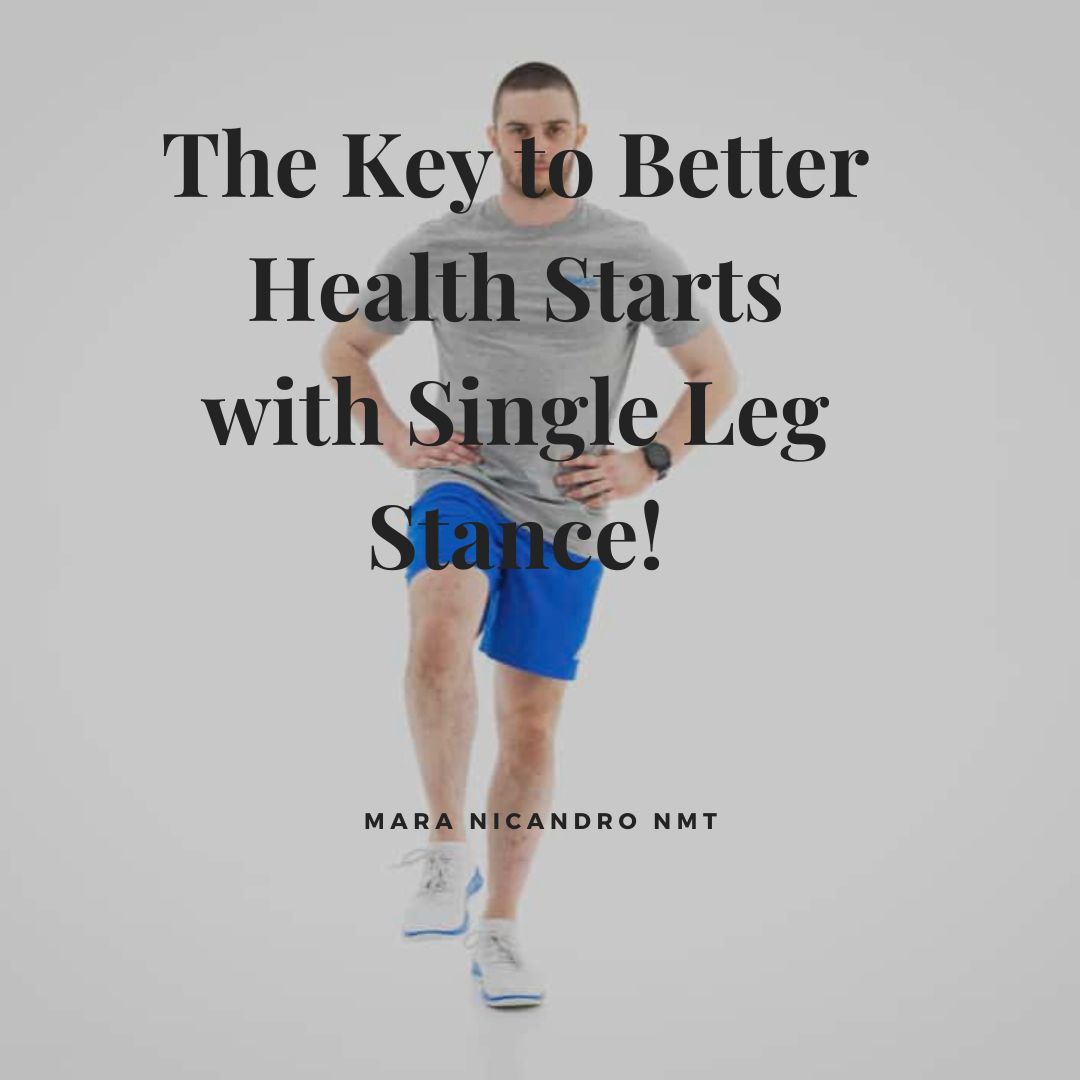In light of the recent tornadoes in Chicago, I hope you’re all safe and adjusting well. With better weather on the horizon, it’s a great time to focus on your health and well-being. Today, let’s dive into a crucial aspect of physical health that often gets overlooked: balance.
Why Balance Matters
Balance is not just about staying upright; it’s about maintaining stability and coordination to prevent falls and injuries. It plays a significant role in everyday activities and overall quality of life. A key indicator of balance is the single-leg stance, which can reveal a lot about your body’s strengths and weaknesses.
The Single-Leg Stance Assessment
Practicing the single-leg stance can be a valuable assessment tool. Here’s how it works:
- Stand on One Leg: Keep your body aligned and hold the position for a set time.
- Observe How It Feels: You should feel steady at the ankle, knee, and hip. If there’s discomfort or instability, it may indicate muscle imbalances.
If you’ve had an ankle sprain or other injuries in the past, this exercise can reveal long-term impacts. Over time, these injuries can affect your balance and lead to issues in your hips, knees, and even your shoulders.
The Hidden Impact of Dysfunctional Patterns
Often, issues like poor posture, forward head posture, and pelvic floor instability can affect the natural curves of your spine, preventing proper balance and alignment. These factors can disrupt breathing and lymphatic drainage, further complicating your body’s ability to maintain stability. Addressing these issues holistically can help improve your overall balance and health.
Practical Tips for Better Balance
-
Focus on Breathing:
- Practice slow, controlled breathing. Inhale through your nose and exhale through your mouth. This helps engage your deep core muscles and improves stability.
- Breathing properly supports the natural movement of your ribcage and helps you maintain balance more effectively. How to Breathe your way to a stronger core!
-
Activate Your Core:
- Strengthening your core is crucial for balance. However, if your core muscles are not engaging properly, strengthening exercises alone may not be effective. Ensure your core is functioning correctly before intensifying your workouts.
-
Engage Your Toes and Achilles Tendon:
- To improve proprioception and balance, activate your toes and Achilles tendon. This can help enhance your overall stability and awareness of your body’s position.
-
Understand the Impact of Injuries:
- Past injuries, such as an ankle sprain, can have long-term effects on your balance. If not addressed, these issues can affect other areas, leading to compensatory patterns and discomfort in the hips and knees.
-
Check for Symmetry and Cross-Patterning:
- Balance is influenced by muscle symmetry and cross-patterning. Ensure that your muscles are working together efficiently to avoid imbalances.
-
Improve Posture and Alignment:
- Forward head posture and pelvic floor instability can disrupt the natural curves of your spine, affecting your ability to balance and breathe properly. Addressing these issues can help improve your overall stability.
Practicing the single-leg stance with intention can become a key indicator of your balance over time. By incorporating these tips into your routine, you’ll build a more intuitive sense of stability and enhance your overall well-being.
For a more detailed exploration of these topics and how they can impact your health, be sure to check out our latest blog articles.
I use the single leg stance assessment in the new client discovery session to pinpoint imbalances and identify areas that may need targeted support for optimal function and stability.

